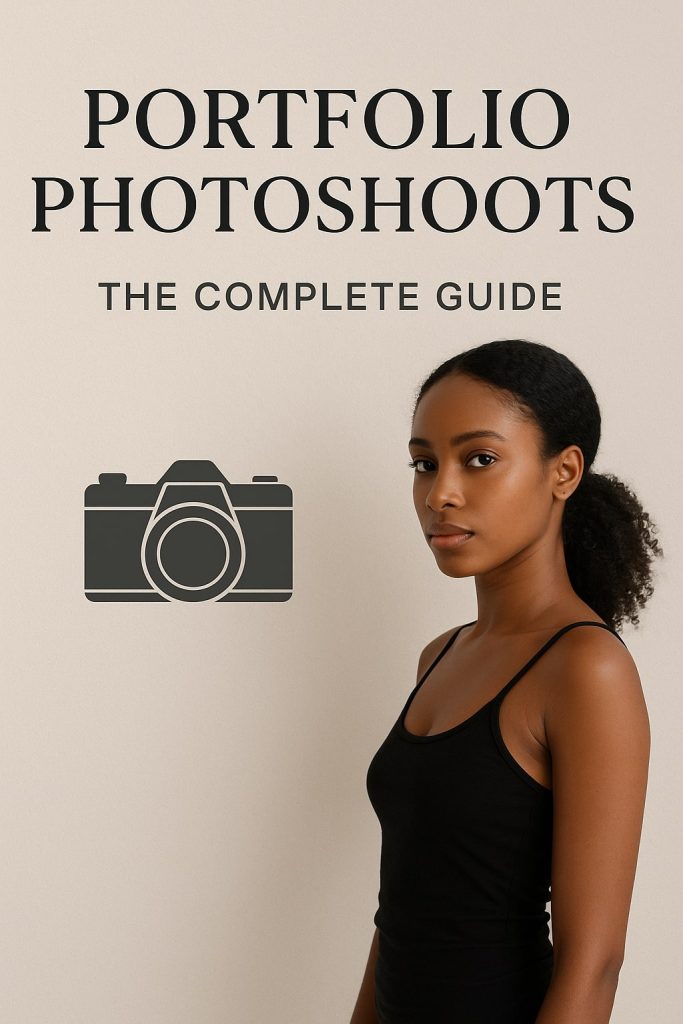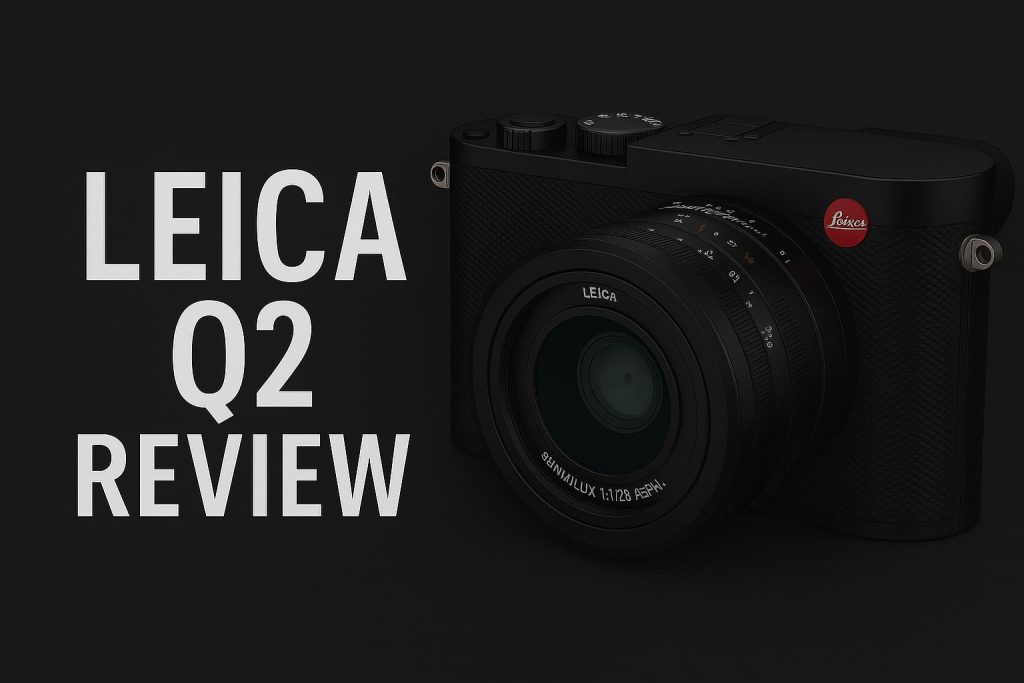Portfolio photography is more than just a collection of images—it’s a powerful career tool that can set you apart in competitive industries. Whether you’re a model, photographer, designer, artist, or business professional, a strong visual portfolio showcases your skills, creativity, and expertise.
In this comprehensive guide, we’ll explore how to use portfolio photography effectively to boost your career, create lasting impressions, and attract new opportunities. From building a strong portfolio to marketing it successfully, this article will cover everything you need to know.
Why Portfolio Photography Matters for Career Growth
1. First Impressions Count
Your portfolio is often the first thing potential clients, employers, or collaborators see. A professional, well-curated collection of images can instantly establish credibility and professionalism.
2. Showcases Skills and Expertise
A well-organized portfolio highlights your best work and demonstrates the depth of your talent. It allows you to stand out by emphasizing your unique style and capabilities.
3. Builds a Strong Personal Brand
Consistently using high-quality portfolio images across social media, websites, and professional networks strengthens your personal brand, making you easily recognizable in your industry.
4. Enhances Networking Opportunities
A visually appealing portfolio makes networking more effective. Whether attending events or connecting online, sharing a strong portfolio can open doors to new collaborations and job offers.
5. Increases Job and Client Prospects
Employers and clients often look at portfolios before making hiring decisions. A polished, well-maintained portfolio can be the deciding factor in landing a job or securing a freelance gig.
Steps to Creating a Career-Boosting Portfolio
1. Define Your Purpose and Audience
- Identify your career goals.
- Determine the industry standards for portfolio photography.
- Tailor your portfolio to appeal to the right audience (clients, employers, agencies, etc.).
2. Select Your Best Work
- Choose high-quality images that best represent your style and skills.
- Avoid including similar shots—focus on variety.
- Prioritize recent work that reflects your current abilities.
3. Organize and Structure Your Portfolio
- Arrange images in a logical and engaging sequence.
- Use categories or sections if necessary (e.g., portraits, fashion, product photography).
- Ensure smooth transitions between images to maintain visual appeal.
4. Focus on High-Quality Presentation
- Use high-resolution images.
- Maintain a consistent editing style.
- Avoid cluttered layouts—keep the design clean and easy to navigate.
5. Choose the Right Platform
- Create both an online and offline portfolio.
- Consider professional portfolio websites like Behance, Adobe Portfolio, or your personal website.
- Use social media platforms to showcase your work and gain visibility.
Tips for Optimizing Portfolio Photography
1. Invest in Professional Photography
If you’re not a photographer yourself, hiring a professional ensures high-quality images that accurately represent your brand.
2. Keep Your Portfolio Up to Date
Regularly refresh your portfolio with new projects and remove outdated work that no longer reflects your skills.
3. Use Diverse Shots
- Include close-ups, full-body shots, action shots, and behind-the-scenes images.
- Display versatility by showcasing different styles and techniques.
4. Optimize for SEO
- Use keyword-rich descriptions for each image.
- Add relevant tags and metadata to improve search visibility.
- Optimize file names and alt texts for search engines.
5. Include Testimonials and Case Studies
Adding client testimonials or brief descriptions of your work process can provide additional credibility and insight into your expertise.
How to Market Your Portfolio for Maximum Exposure
1. Leverage Social Media
- Share images on platforms like Instagram, LinkedIn, and Pinterest.
- Engage with your audience through comments and collaborations.
2. Build a Personal Website
A dedicated website with an easy-to-navigate portfolio increases your professional credibility and allows potential clients to contact you directly.
3. Network Actively
- Attend industry events and share your portfolio with peers and potential clients.
- Use digital networking platforms to connect with industry professionals.
4. Use Print Portfolios for In-Person Meetings
A high-quality printed portfolio can make a lasting impression during job interviews, client meetings, or networking events.
5. Collaborate with Industry Professionals
Working with photographers, stylists, designers, and other creatives can help expand your portfolio while increasing exposure through shared projects.
Common Mistakes to Avoid in Portfolio Photography
1. Overloading with Too Many Images
Quality over quantity—only include the best and most relevant work.
2. Lack of Consistency
A scattered or inconsistent portfolio can confuse potential clients. Stick to a cohesive theme and editing style.
3. Poor Presentation
Badly formatted or cluttered layouts can turn viewers away. Keep it sleek and professional.
4. Not Updating Regularly
An outdated portfolio can give the impression that you’re inactive in your field. Regularly refresh your work.
5. Ignoring Audience Needs
Your portfolio should align with industry standards and client expectations. Tailor it to showcase what potential employers or clients are looking for.
Conclusion
Portfolio photography plays a crucial role in career advancement, offering a compelling visual representation of your skills and expertise. Whether you’re a creative professional or a business leader, a well-maintained portfolio can help you stand out, attract opportunities, and accelerate your success.
By following the strategies outlined in this guide, you can create and market a portfolio that not only represents your work but also actively contributes to your career growth.

Mobile Photography Hacks: Candid Moments with Your Phone
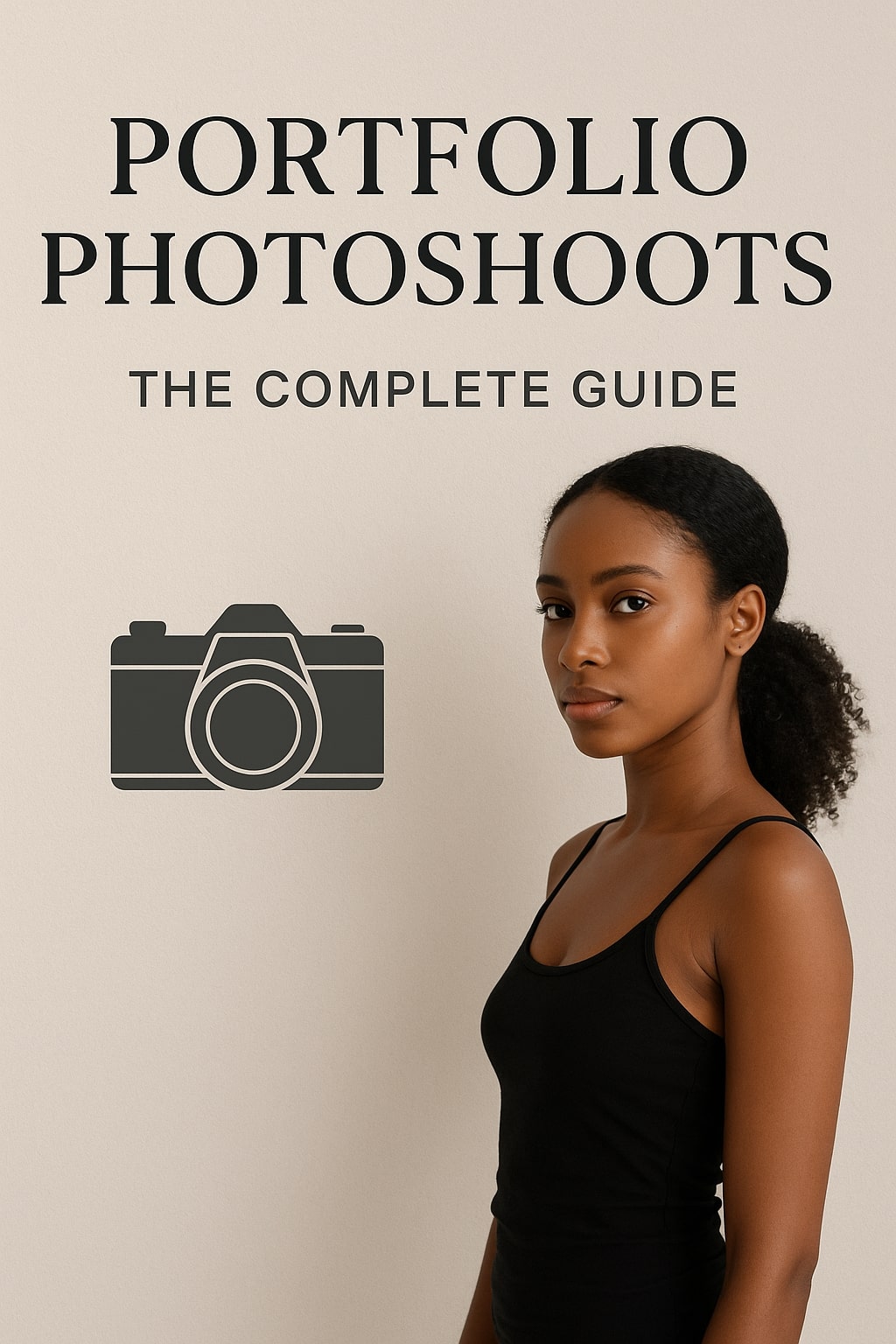
Professional Model & Portfolio Photoshoots: Show Your Best Work
-
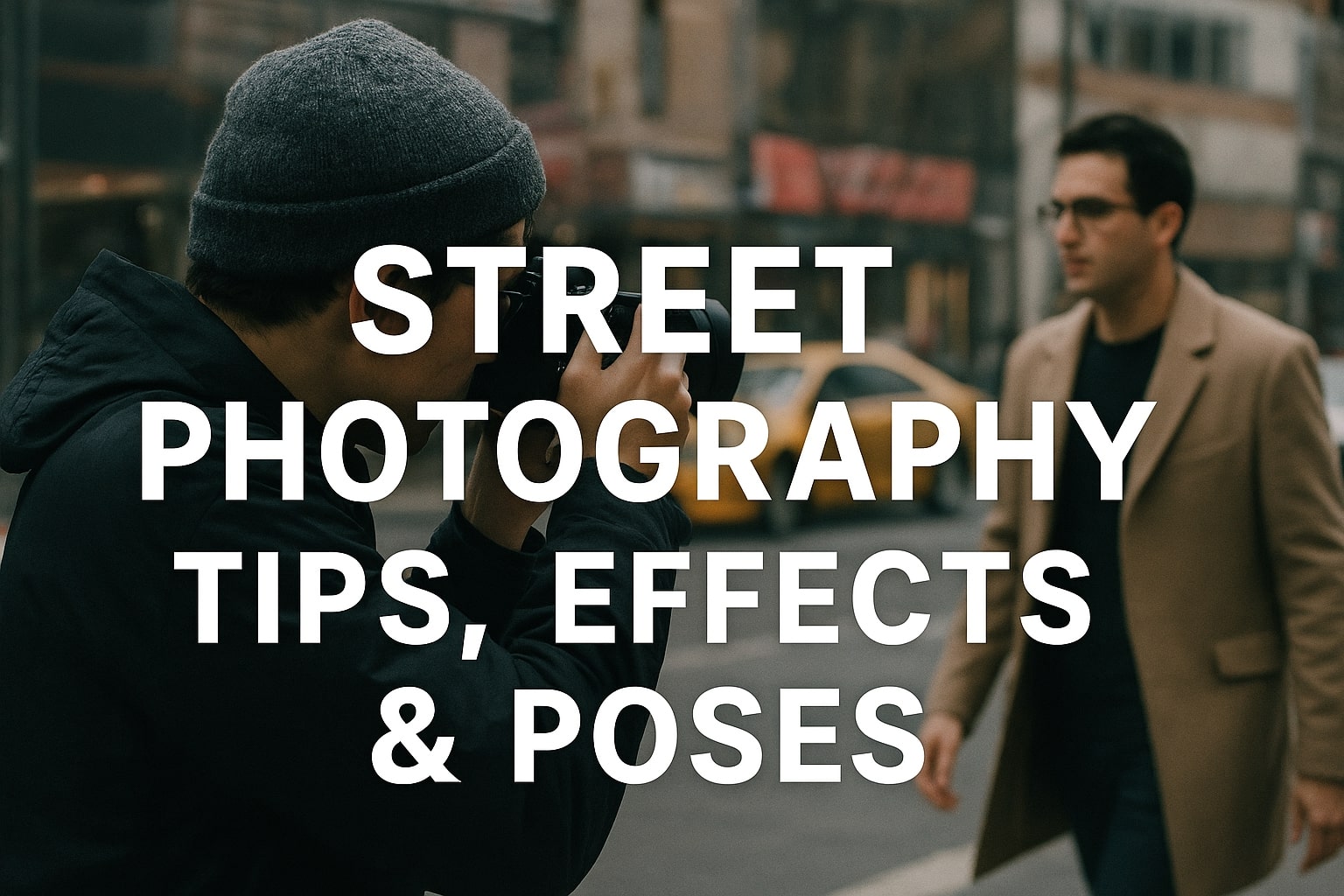
Street Photography Tips, Effects & Poses – Complete Guide
-
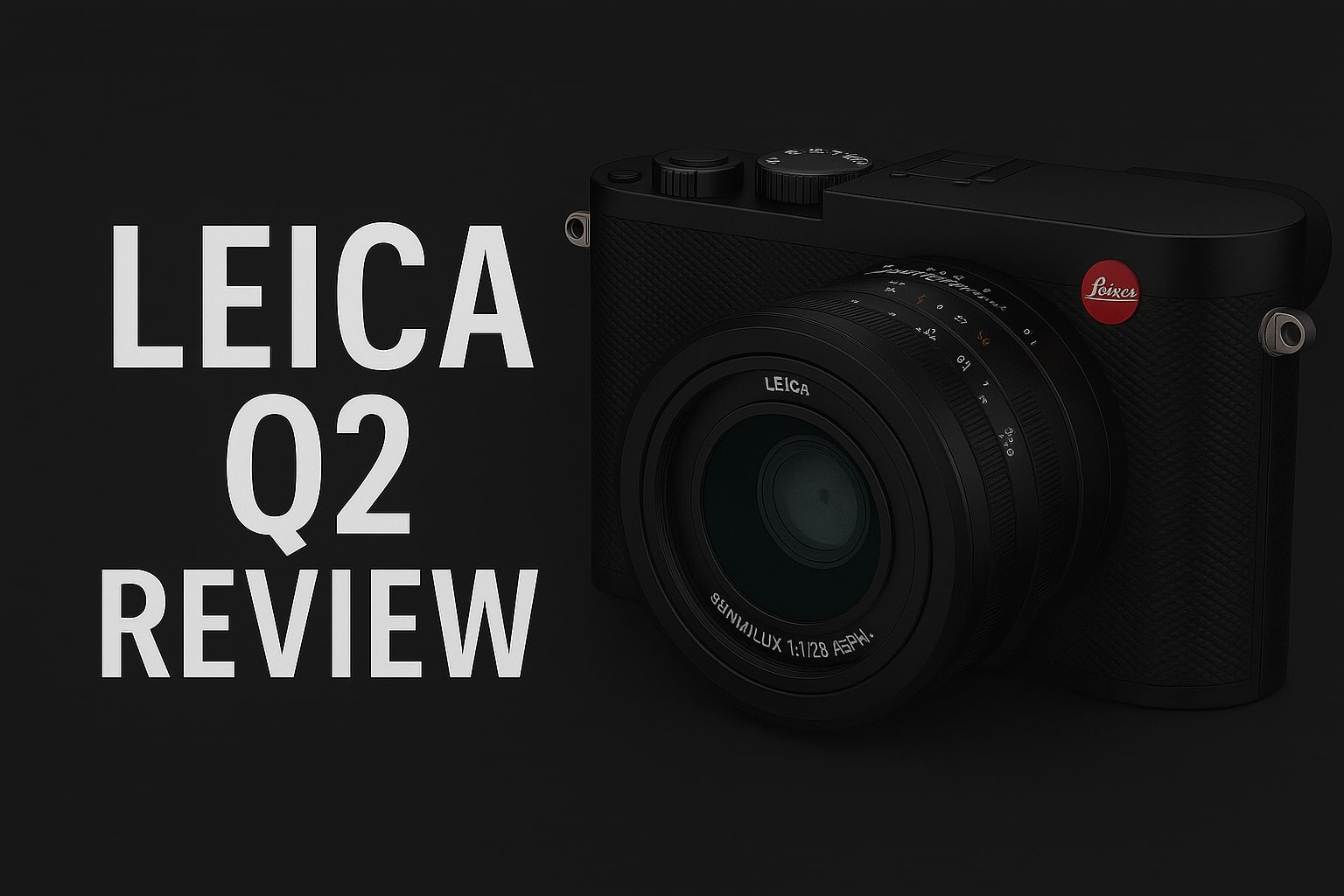
Leica Q2 for Photography: Why It’s Loved by Photographers
Mobile Photography Hacks: Candid Moments with Your Phone
Discover high-impact mobile photography hacks to capture genuine, gorgeous candid moments with your phone. Learn practical tips, composition secrets, and pro techniques to turn everyday scenes into stunning visual stories. Introduction: The New Age of Mobile Photography Photography has evolved beyond heavy cameras, technical jargon, and expensive equipment. Today, the power to capture extraordinary moments
Professional Model & Portfolio Photoshoots: Show Your Best Work
” Discover how to plan, style, and execute stunning portfolio photoshoots that showcase your skills, personality, and versatility. This comprehensive guide covers professional tips, posing ideas, gear suggestions, and industry insights for models and photographers.” Introduction – Why Portfolio Photoshoots Are the Cornerstone of a Photographer’s Career A well-crafted portfolio photoshoot is more than a
Street Photography Tips, Effects & Poses – Complete Guide
Discover the ultimate guide to Street Photography with expert tips, creative effects, and dynamic poses. Learn how to capture authentic urban moments, master composition, and tell powerful visual stories through your lens. Article Outline 1. Introduction to Street Photography Street Photography is more than just taking pictures of people in public spaces — it’s about
Leica Q2 for Photography: Why It’s Loved by Photographers
Introduction: The Cult Status of the Leica Q2 The Leica Q2 is not just a camera—it’s a statement. Combining the heritage of German precision engineering with modern digital excellence, it holds a special place in the hearts of professional and passionate photographers alike. With its full-frame sensor, prime Summilux lens, and minimalist design, the Q2
Top Cameras Under ₹1 Lakh for Freelance Photography
Freelance photography is no longer a niche—it’s a booming creative profession that demands not only vision and hustle but also the right gear. Your camera isn’t just a tool; it’s your storytelling partner. If you’re a freelance photographer aiming to balance performance, versatility, and budget, investing in a cameras under ₹1 lakh can offer the
Top Features of Nikon D850 That Make It Ideal for Photoshoots
Explore the top features of the Nikon D850 that make it a powerhouse for photoshoots. From exceptional resolution to dynamic range, this detailed Nikon D850 guide is built for professional and aspiring photographers. 1. Introduction When Nikon launched the D850, it quickly earned a reputation as a flagship DSLR that redefined what photographers could expect




